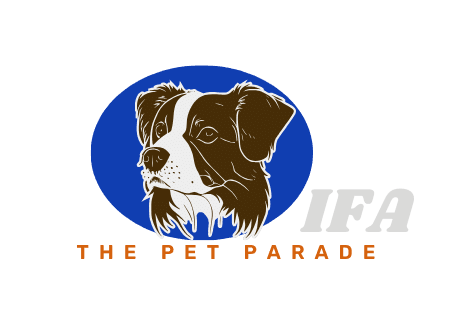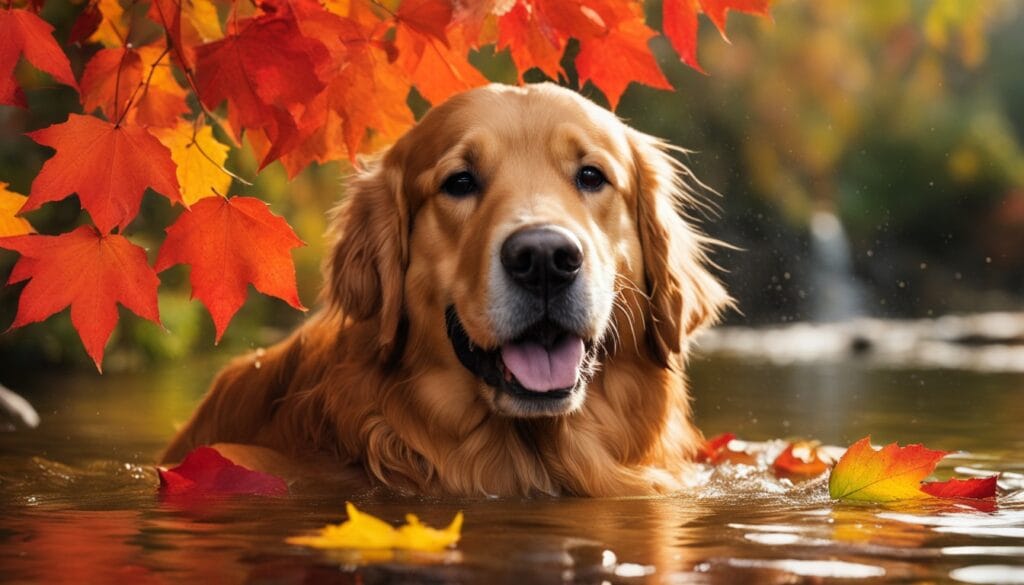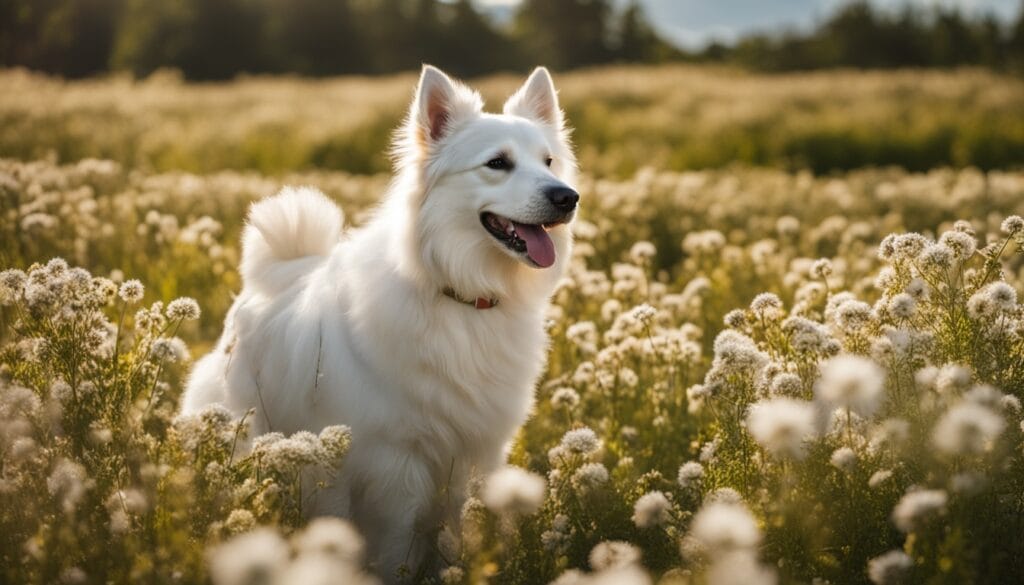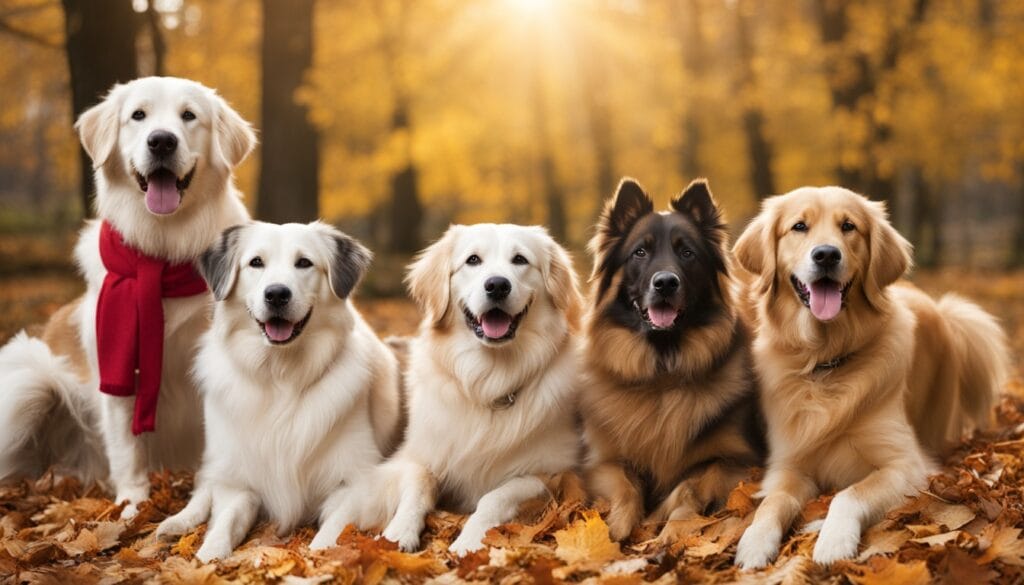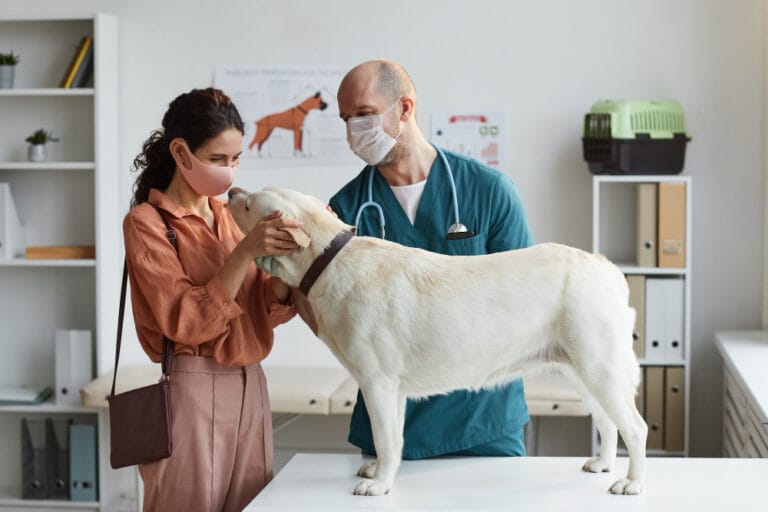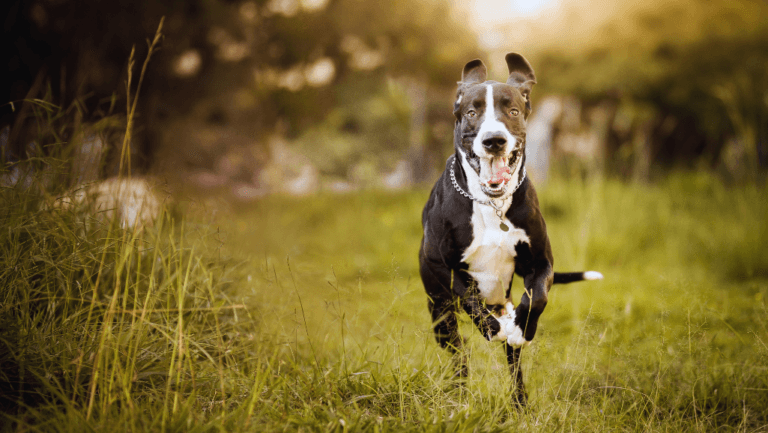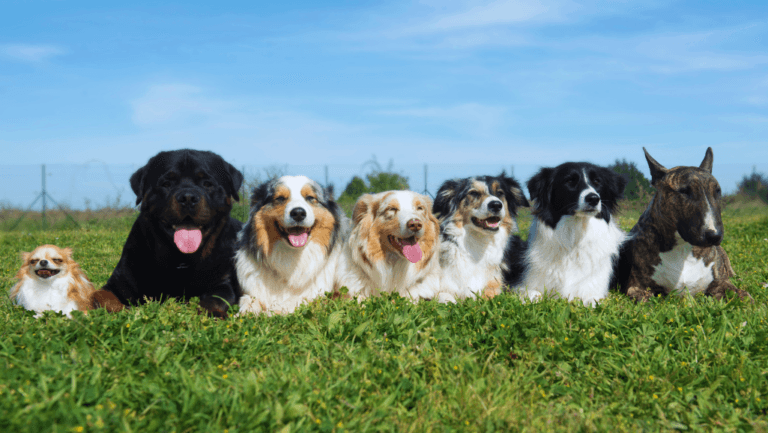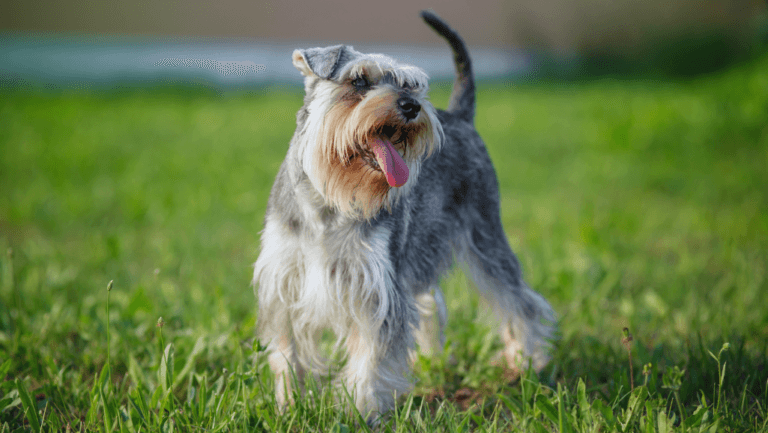Caring for your dog all year has its rewards, but each season brings its own set of challenges. A canine Seasonal Care dogs guide helps us meet these challenges. It ensures our dogs stay happy and healthy all year. Whether it’s cold winter or hot summer, we need to adapt and prepare for the changes.
Our pets’ needs change with the weather. What works in July might not work in October. We need to balance their grooming and diets to keep them well. By caring for our dogs all year, they can enjoy every day, staying healthy and happy.
Key Takeaways
- Adapt bathing frequency and methods to conserve a dog’s skin health during colder seasons.
- Opt for a nutritional diet that supports a shiny coat and healthy skin throughout the year.
- Employ a moisturizing shampoo and air humidifier to combat winter dryness.
- Seek veterinary guidance promptly for any signs of skin discomfort or allergies.
- Maintain consistent outdoor time and regular brushing to stimulate coat health and manage seasonal shedding.
- Understand your dog’s specific breed needs, such as grooming for low-shedders like Afghan Hounds.
- Utilize dietary supplements cautiously under a vet’s direction to address shedding and skin issues.
Understanding Your Dog’s Seasonal Health Needs
Dogs need special care as the seasons change. Their health can change with the weather. It’s important to keep them healthy all year by adapting to these changes.
Keeping your dog safe in each season is key. In summer, they can get too hot. So, make sure they have plenty of water and shade. In winter, they might drink antifreeze, which is dangerous.
Dog seasonal health tips go beyond just daily routines. They also mean knowing about diseases that happen at certain times. For example, Alabama rot happens from November to May, and Seasonal Canine Illness (SCI) is a big concern in autumn.
- Stopping ticks is important in summer because they can spread Lyme disease.
- Young and small dogs need extra care in their first seasons to avoid health problems.
- Knowing about dog allergies is key when flowers and trees bloom in spring and summer.
Dog health in different seasons also depends on what they eat. They might need more or less food based on how active they are. In summer, it’s important to keep them hydrated and cool by giving them lots of water and watching how much they exercise during the hottest part of the day.
Throughout the year, dogs need special products for their health. In summer, shampoos help fight parasites, and cheese chews keep them cool and busy. In winter, special bars help with their teeth and give them important nutrients.
Knowing how to take care of your dog in each season helps them stay happy and healthy. Taking good care of them all year makes their life better and strengthens your bond. This creates a happy and worry-free home for everyone.
Springtime Splendor: Ensuring Your Dog’s Comfort and Health
Spring brings new life with blooming flowers and rising temperatures. It’s a time of renewal for dogs too. Owners need to focus on dog wellness in every season. This includes heartworm prevention, managing allergies, and grooming tips for comfort and health.
Preventing Heartworm and Managing Allergies
Spring means more mosquitoes, which carry heartworm larvae. It’s important to keep dogs on heartworm prevention meds. Dogs may also get allergies, causing itchiness or watery eyes. Regular vet visits and grooming can ease these symptoms, making spring better for your dog.
Grooming for the Season of Renewal
Spring brings shedding for many dogs. Regular brushing helps with shedding and keeps your dog’s coat healthy. Use a good brush and a moisturizing shampoo to avoid skin irritation, especially for sensitive dogs. Trimming hair around the eyes, ears, and paws also helps prevent discomfort and keeps them clean.
Nutrition and Exercise Adjustments in Spring
Spring is great for outdoor fun with your dog. This means they’ll burn more energy. Adjusting their diet to match their increased activity is key to keeping them healthy.
Outdoor Hazards and Safety Precautions
Spring pet safety includes avoiding dangers like standing water that can have bacteria. Make sure your dog has a safe place for outdoor fun, like swimming. Using booties can protect their paws from sharp objects and rough ground during hikes.
By following these care tips, you ensure your dog enjoys spring safely and stays healthy and happy.
Beating the Heat: Summer Care for Dogs
The summer season brings long days and warm nights, but it also poses significant health risks for our furry companions. Keeping dogs safe in all seasons is crucial, especially during the scorching months. This section will cover essential summer dog health tips and practices to ensure your dog enjoys the sunny days safely.
Recognizing and Preventing Heatstroke
Heatstroke is a major health risk for dogs in summer, especially for brachycephalic breeds like Bulldogs and Pugs. It’s important to quickly spot and act on signs of distress, such as excessive panting, drooling, and lethargy. These are key parts of a dog seasonal care schedule. To prevent damage to vital organs, cool your dog down by moving them to a shaded area and giving them cool water.
Paw Protection During Hot Weather
When it gets hot, the pavement can be scorching. Protecting your dog’s paws is key to how to protect dogs from heat. Try walking your dog in the early morning or late evening to avoid the hottest part of the day. You can also use dog booties to shield their paw pads from the heat, preventing burns or blisters.
Hydrating Your Pooch in High Temperatures
Hydration is crucial for dogs in summer. You can make it more appealing by adding ice cubes to their water bowls or creating homemade puppy popsicles. These simple steps help prevent dehydration and keep your dog healthy during the heat.
The Sun and Your Dog: Safety and Sunscreen Use
Direct sun exposure can lead to heatstroke and sunburn in dogs, especially those with short or light-colored coats. Use pet-safe sunscreen on their nose and ear tips. Also, make sure they have access to shady spots during outdoor activities. This helps keep them safe from the sun, following the best practices for keeping dogs safe in all seasons.
Following these guidelines lets pet owners enjoy summer with their dogs safely and healthily. It ensures a vigilant dog seasonal care schedule that meets the challenges of each season.
Fall Foliage and Furry Friends: Autumn Care Tips
Autumn brings vibrant colors to the landscape and big changes for dogs. Keeping your pet healthy during this season is key. This means focusing on autumn dog grooming for their well-being and safety.
Many dogs grow more fur as it gets cooler. Regular grooming stops mats and tangles that can hurt their skin. Wet leaves and mud can also trap moisture, raising the risk of skin infections.
Keeping dogs safe in fall means watching out for dangers. Poisonous mushrooms and wildlife like snakes and skunks are more common. They can be a big risk if your dog isn’t watched closely.
| Seasonal Hazard | Dog’s Risk | Preventive Measures |
|---|---|---|
| Poisonous Mushrooms | High – potential for severe poisoning | Regular yard inspections, avoid unmonitored roaming |
| Snakebites | High during fall | Keep on leash, be vigilant during walks |
| Tick-borne Illnesses | Common in fall | Use vet-recommended tick preventives |
| Holiday Foods (e.g., chocolate, turkey skin) | Can cause pancreatitis, toxicity | Keep unsafe foods out of reach |
Seasonal changes bring challenges but also remind us of our duties to our dogs. Regular health checks and a clean environment are key. As their coat changes, more grooming is needed to remove dead fur and improve skin health.
Using these seasonal dog wellness tips in your routine is more than adapting to the weather. It’s about making your pet’s life better, supporting their health, and caring for them. A happy dog means a happy home. Happy autumn!
Winter Whiskers: Keeping Your Dog Cozy and Secure
As winter comes, dog care in winter is key to keep your pet healthy and warm. You need to focus on the right clothes and adjust your dog’s exercise and water intake.
Dogs with thin coats or less insulation need protection from the cold. Knowing the signs of cold weather on your pet is the first step in caring for them.
Apparel and Accessories for Cold Weather
Getting the right pet jackets and accessories is a must. Pets with thin coats or less insulation get extra warmth from these items. A good jacket can protect your dog from the cold, lowering the risk of frostbite or hypothermia.
Some breeds, like those with long noses, naturally stay warmer. Their noses trap warm air before they breathe in the cold.
Indoor Strategies for Adequate Exercise During Winter
Less outdoor time means you need a good seasonal dog exercise routine. Try indoor games, agility courses, or hide-and-seek to keep your dog active. This helps prevent weight gain from less exercise and reduces dog seasonal allergies from indoor allergens.
Dealing with Winter-specific Dog Health Hazards
Winter brings dangers like antifreeze, which can be deadly if eaten. Keep chemicals away from your dog and know the signs of poisoning. Also, make sure your dog drinks warm water to stay hydrated and manage their heat better.
Look for signs of dehydration and give your pet a warm spot with good bedding. These steps help keep your dog comfortable and healthy through winter.
By doing these things, you make your dog more comfortable and reduce the risk of winter health problems. Always watch for signs of discomfort or illness in your pet. Call your vet quickly to keep your dog healthy all winter.
The Importance of Year-Round Grooming
Understanding the role of pet grooming during seasons is key to your dog’s health and happiness. It doesn’t matter if it’s summer or winter. Seasonal dog grooming meets your pet’s changing needs, keeping their coat and skin healthy all year.
Dog grooming seasons come with their own set of challenges. For instance, when moving from winter to spring, dogs often shed more. This means they need more brushing to get rid of their winter fur and prepare for the lighter coat of summer. Brushing not only controls shedding but also checks for skin issues or parasites.
Seasonal Shedding and Brushing Requirements
In winter, grooming helps your dog’s summer coat come through. This is important for keeping warm. In summer, brushing is key to keeping their fur and skin in top shape, even for short-haired dogs. It removes dust, dirt, and prevents mats, which can cause skin problems. Plus, it helps spot fleas and ticks early, which are more common in the heat.
The seasonal pet care guide also suggests trimming fur between your dog’s pads in winter. This prevents dirt and mats, which can make your dog uncomfortable and affect their movement.
Dog Grooming Products Suited for All Seasons
Choosing the right grooming products is crucial for seasonal pet care. In cold weather, use a dog-friendly shampoo to fight dry skin and bathe more often. Keeping your dog’s nails neat is important all year to help their paw health and comfort.
Looking after your dog’s ears is especially important in hot weather, especially if they like swimming. Regular cleaning stops infections and keeps their ears healthy. Don’t shave double-coated breeds as their fur protects them from extreme temperatures, not just the heat.
Grooming is more than just making your dog look good. It’s a key part of their care that affects their health. Room for Paws highlights the value of finding grooming pros who offer a stress-free experience suited to your pet’s needs all year.
Season-Specific Exercise Routines for Canine Fitness
When adjusting seasonal exercise routines for dogs, think about their health and the weather. Each season brings its own set of challenges and chances to keep your dog fit and happy.
In the warm months, pick exercises that help prevent overheating. Since 75 to 80 percent of the energy dogs burn off turns into heat, it’s key to manage this. Use activities like swimming or early morning walks. Make sure they have shade and fresh water to avoid heat-related stress.
- Hydration and shaded breaks are key.
- Watch for signs of overheating to act fast.
In colder months, switch to indoor activities to keep them fit without the cold. Use interactive toys and short, fun play times to keep their mind and body sharp. When it’s okay to go outside, dress them in winter gear like insulated boots and coats for short outings.
| Season | Activity Type | Safety Tips |
|---|---|---|
| Summer | Swimming, early morning walks | Watch for overheating, always give water |
| Winter | Indoor play, short outdoor walks | Use the right dog wear for warmth and safety |
Adapting your approach in all seasons is key to keeping your dog well. For example, nature hikes in fall offer exercise and sensory fun, which is great for their mind. And when it’s rainy, indoor games and puzzles can keep them busy when outdoor play isn’t an option.
Always talk to a veterinarian before changing your dog’s exercise routine or upping their activity level with the seasons. They can give you seasonal dog exercise tips that fit your dog’s health and needs. Mixing safety with variety ensures your dog gets a great workout all year.
Dog Diet Adjustments Through the Changing Seasons
As our furry friends go through the seasons, their diet changes too. It’s important to adjust their meals for their health and energy needs. Let’s explore how a seasonal diet can help keep your dog healthy all year.
Seasonal Caloric Needs and Nutritional Balance
Dogs are more active in spring and summer, so they need more calories. In fall and winter, they might move less, especially if they stay indoors. This means they need fewer calories. Finding the right balance helps keep them at a healthy weight and supports their health.
This balance is based on the Body Condition Score (BCS) used in veterinary medicine.
Choosing Quality Proteins for Year-Round Vitality
Proteins are key in a dog’s diet, giving them the amino acids they need for muscles. Switching up protein sources helps prevent allergies and keeps things interesting. In winter, beef or lamb can help keep your dog warm. In summer, chicken or fish is better.
Animal Wellness Magazine says changing your dog’s diet with the seasons can make them healthier. The secret is to eat well and not overdo it. Make sure all food is low in additives.
| Season | Popular Dog-Friendly Foods | Recommended Caloric Adjustment |
|---|---|---|
| Spring | Peas, Carrots | Increase calories moderately to support activity |
| Summer | Fresh Spinach, Sweet Corn | Maintain or slightly increase calories |
| Autumn | Pumpkin, Squash | Gradually decrease calories |
| Winter | Sweet Potatoes, Beef | Increase calories especially for outdoor dogs |
Understanding and using a seasonal diet for dogs meets their changing needs and boosts their life quality. With the right mix of calories and nutrients, your dog can do well in any weather. By picking the best seasonal dog products and adjusting their meals for the climate and activity, your dog will not just get by, but thrive.
Seasonal Pet Care Guide: Avoiding Allergies and Pests
As seasons change, dog owners face new challenges. Focusing on seasonal wellness for dogs is key. Effective seasonal dog allergies prevention can greatly improve your pet’s life. It’s important to watch out for fleas and allergies caused by environmental changes.
Seasonal triggers like pollen and dust mites can make dogs allergic. Some breeds, like Golden Retrievers and Boston Terriers, are more likely to have allergies. Look out for signs like scratching, sneezing, and watery eyes.
To keep your dog healthy, focus on prevention and treatment. Here’s a guide to help you avoid seasonal dog allergies and pests:
- Use flea medication in warmer months to stop insect bites that can cause allergies.
- Limit outdoor time during high pollen periods to reduce allergy risks.
- Keep your home clean to cut down on dust and allergens.
- Use hypoallergenic shampoos for grooming to reduce allergens on your dog’s coat.
- Regular vet check-ups can help adjust allergy treatments to your pet’s needs, including diet changes and allergy tests.
Here are some key stats on why proactive pet seasonal tips matter:
| Allergen Reduction Strategy | Effectiveness |
|---|---|
| Hypoallergenic Diet | 70% reduction in allergy symptoms |
| Regular Grooming and Bathing | 50% reduction in allergen levels |
| HEPA Air Filters in Home | 75% reduction in airborne allergens |
| Consultation with Veterinarians | 80% success in managing symptoms |
By following these pet seasonal tips and keeping an eye on your dog’s environment, you can lessen and manage allergies. This will make your dog happier and healthier, no matter the season.
Seasonal Dog Wellness Check-ups and Vaccinations
Seasonal changes can affect your dog’s health. That’s why seasonal dog wellness checks are key for pet owners. These check-ups help keep your dog healthy by addressing seasonal risks and keeping vaccinations current.
Vets do many tests during these visits, like blood work and heartworm tests. These tests are vital for dog care in different weather conditions. It’s important to make sure your dog gets core vaccines like distemper and rabies.
Seasonal dog wellness checks focus on treating and preventing illness. They also cover overall health. This includes talking about weight and lifestyle needs. This might mean changing vaccinations and treatments for your pet. By following these tips, you help keep your dog healthy all year.
Learn more about keeping your dog happy and healthy all year with our season-specific care recommendations.
The Role of Regular Vet Visits in Monitoring Seasonal Health
Regular vet visits help catch and manage health issues caused by seasonal changes. For example, fleas and ticks in warmer months or arthritis in colder ones. Vets can tell you the best ways to care for your dog in each season, keeping them safe from health risks.
Keeping Vaccination and Prevention Treatments Up-to-Date
It’s vital to keep your dog’s shots and preventive treatments current. You might need to adjust these based on the season and disease outbreaks. For example, in spring and fall, when mosquitoes are out, make sure your dog’s heartworm prevention is up to date. This helps prevent seasonal diseases that can change throughout the year.
Emotional Well-being: Affection and Care Beyond Seasons
Keeping your dog’s emotional well-being in check is key, not just with the seasons. This approach helps your furry friend live a happy life, no matter the weather.
Dogs feel a range of emotions, just like us, and these feelings can affect their health. Playing with them, showing love, and keeping their minds busy are key to their emotional health. Research, like the one in this article, shows how a pet’s well-being links to their owner’s feelings of safety and mood.
To boost your dog’s canine seasonal health and emotional well-being, try these dog wellness tips:
- Regular exercise to fight off anxiety and increase happiness.
- Keeping a steady routine, which makes dogs feel safe.
- Adding new activities to keep their minds sharp and prevent boredom.
Seasonal changes can affect a dog’s mood. To keep them safe and happy, adjust activities with the season. For example, indoor games are better in the cold, while outdoor adventures are great in the warm months.
It’s also crucial to keep up with regular vet visits. These check-ups help spot emotional or health issues early, which is key for their long-term happiness and health.
Your dog’s emotional health is just as important as their physical health. By filling their life with love, care, and mental challenges, you help them live a positive life all year round.
Conclusion
As we’ve explored best practices for dog care across seasons, it’s clear that our dogs’ health changes with the climate. Seasonal health tips for dogs are key to keeping them happy and healthy all year. Each season brings its own set of challenges, like heat in summer and cold in winter.
Knowing how to care for our dogs in each season is crucial. It helps prevent serious health issues like canine cancer. Extreme temperatures and allergens can affect a dog’s health during treatments like surgery or chemotherapy. So, having a good seasonal routine is vital.
Fall brings more activity and spring can cause allergies and other issues. That’s why dog seasonal care is so important. It helps us manage these changes well.
…Talking often with vets helps us adjust our dogs’ care for each season. This way, our dogs stay healthy no matter the weather. Remember, being flexible and patient with these changes is key to a happy life for our dogs all year.
